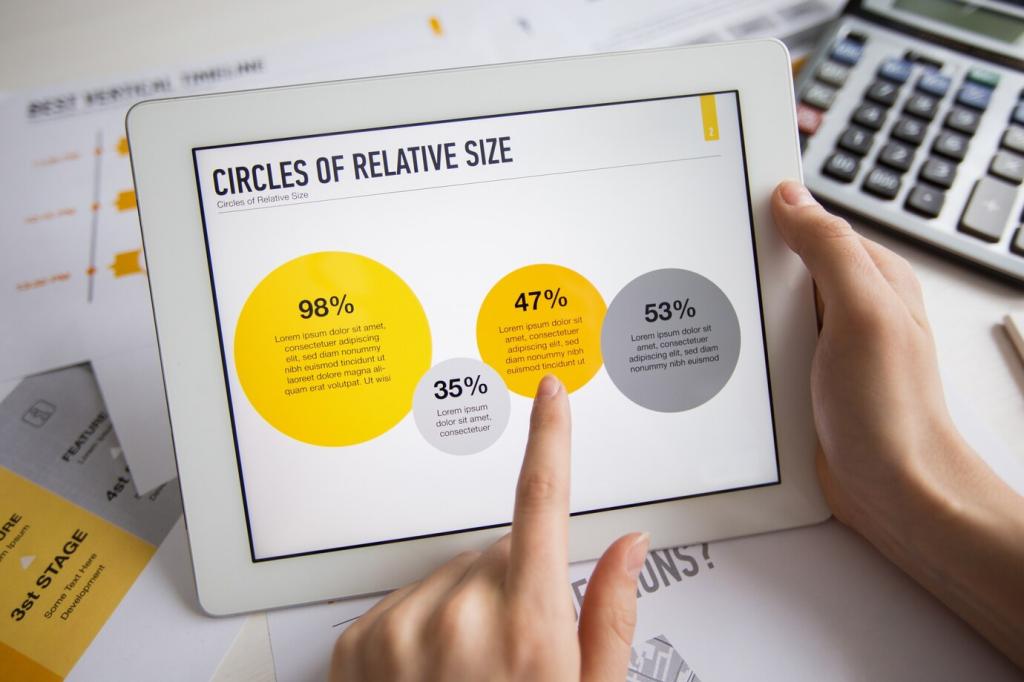LCOE and Sensitivity: Turning Specs Into Decisions
LCOE blends equipment, labor, operations, and energy output over time. Even small shifts in degradation, uptime, or financing change the result. Comparing brands with a consistent LCOE framework prevents misleading conclusions based solely on module price or marketing claims.
LCOE and Sensitivity: Turning Specs Into Decisions
Try altering annual degradation by a few tenths of a percent and watch lifetime energy swing. Add a conservative failure-rate assumption plus realistic repair times. Brands with stronger reliability data often shine when you stress-test the model, narrowing outcome uncertainty for homeowners and lenders alike.









